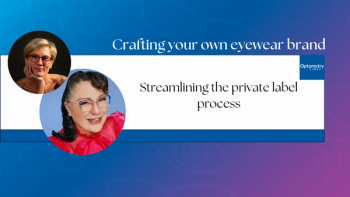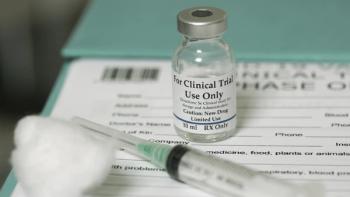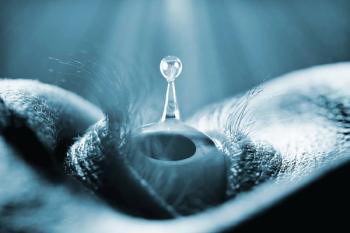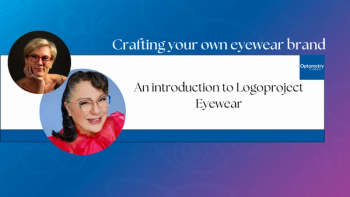At the 2025 AOA Optometry’s Meeting, Ashley Wallace Tucker, OD, FAAO, FSLS, Dipl ABO, delivered an eye-opening joint lecture on dry eye disease and myopia management in pediatric patients, alongside former student and fellow optometrist Kaleb Abbott, OD, MS, FAAO. In a profession where dry eye is largely viewed through an adult lens, Tucker encourages optometrists to turn more attention toward younger patients, particularly those undergoing myopia treatment.
Pediatric dry eye exists and may be hard to notice
Key takeaways for optometrists
- Pediatric dry eye is underdiagnosed due to non-specific symptoms—ask targeted questions.
- Myopia and dry eye share modifiable lifestyle risk factors, including screen time, poor diet, and low outdoor activity.
- No FDA-approved dry eye drugs exist for children, but off-label use is viable with proper communication.
- Myopia management should proceed confidently, using today’s proven tools while staying alert to ocular surface changes.
Tucker emphasizes that while pediatric dry eye is relatively uncommon, it is frequently misdiagnosed or missed entirely. “Kids don’t describe their symptoms the same way adults do,” she explained. “They may present with red eyes or what looks like an infection, but it turns out to be dry eye.”
Unlike adults, children may lack the language or awareness to articulate discomfort, grittiness, or blurry vision. This makes targeted questioning and observational skills essential for accurate diagnosis.
Where myopia and dry eye intersect
Tucker highlighted several shared environmental and lifestyle risk factors that contribute to both myopia and dry eye:
- Prolonged near work and screen time reduce blink rates and promote axial elongation
- Lack of outdoor time, linked to both ocular surface stress and myopia progression
- Poor diet, particularly high-carb, low-protein nutrition
- Inadequate lighting and poor sleep hygiene, which contribute to visual strain and ocular surface issues
Recognizing these overlapping risk factors allows practitioners to better educate families on lifestyle modifications that support both dry eye prevention and myopia control.
Pediatric treatment considerations
When it comes to managing pediatric dry eye, there are currently no FDA-approved pharmaceuticals for this age group. However, Tucker reassures optometrists that off-label prescribing—when done transparently—is both common and clinically appropriate.
“It’s about communicating clearly with families,” she said. “We explain that the medication hasn’t been tested in children, but it has a good safety profile.” Insurance approval may require additional steps, but non-pharmaceutical options—like artificial tears, warm compresses, and eyelid hygiene—remain frontline therapies.
Myopia management should not be delayed
Tucker is adamant: dry eye risks should not discourage optometrists from initiating myopia control. “We have excellent tools—orthokeratology, FDA-approved soft lenses for kids, and low-dose atropine. And spectacle options are coming soon.”
Early detection and appropriate questioning can help clinicians mitigate dry eye symptoms before they interfere with contact lens wear or overall treatment success.
In sum, Tucker’s message is one of proactive care, interdisciplinary awareness, and clinical confidence. By addressing dry eye thoughtfully and integrating it into the broader myopia conversation, optometrists can better serve the whole child—now and into adulthood.














































.png)


